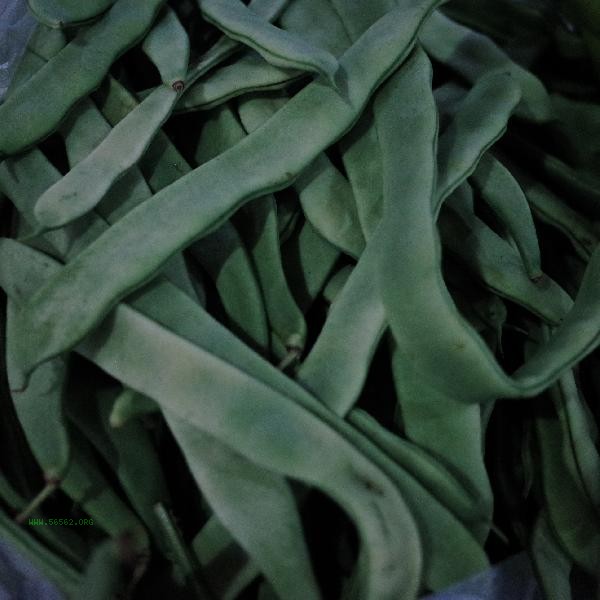White beans can be stored for an extended period of time through refrigeration, freezing, sun drying, pickling, vacuum sealing, and other methods.

1. Refrigeration
Wash and dry the white green beans, put them in a fresh-keeping bag, remove the air from the bag, seal it, and store them in the refrigerator compartment for about a week. When refrigerating, be careful to avoid contact with other strongly scented foods to prevent cross contamination. If there are slight water droplets on the surface of the beans, they can be dried with kitchen paper before storage.
2. Freeze
Blanch the white beans for 2 minutes, then drain them with supercooled water. Pack them in sealed bags and freeze them for up to six months. Blanching water can destroy oxidase activity, maintain color and nutrition. It is recommended to pack according to a single dose before freezing to avoid repeated thawing. After thawing, it is suitable for stewing or stir frying, with a slightly soft taste but still retaining its flavor.
3. Sun drying
Select intact and undamaged beans, boil them in boiling water for 1 minute to kill surface bacteria, and hang them in a ventilated and dry place for 3-5 days until completely dehydrated. Dried beans should be placed in a sealed container and stored in a cool place for at least one year. Soak for 4 hours before consumption to restore texture, suitable for making soup or braising.

4. Marinate
Put white beans, salt, garlic, chili and other ingredients into a disinfected container, pour in boiled and cooled salt water, seal and ferment. After being marinated at room temperature for 20 days, it can be refrigerated and stored for 3 months. Lactic acid bacteria produced during the pickling process can inhibit harmful microorganisms, but hypertensive patients need to control their consumption.
5. Vacuum sealing
Use a vacuum machine to remove the air inside the packaging and seal it. Refrigerated storage can be extended to 2 weeks, and frozen storage can last up to 8 months. The vacuum environment effectively delays oxidation and is suitable for storing large amounts of beans. During operation, pay attention to checking the integrity of the packaging. If there is a leak, it needs to be reprocessed.

Before storage, remove beans with insect eyes or mold spots. Different storage methods can be used in combination. Short term storage is recommended to be refrigerated or vacuum treated, while long-term storage is preferred to be frozen or sun dried. Regardless of the method used, ensure that the container is clean and dry, and regularly check the condition of the ingredients. If discoloration, odor or mold is found, it should be discarded immediately to avoid gastrointestinal discomfort caused by consuming spoiled beans. Daily purchases can be made in small quantities multiple times, with priority given to consuming fresh beans to retain more nutrients such as vitamin C and folate.








Comments (0)
Leave a Comment
No comments yet
Be the first to share your thoughts!